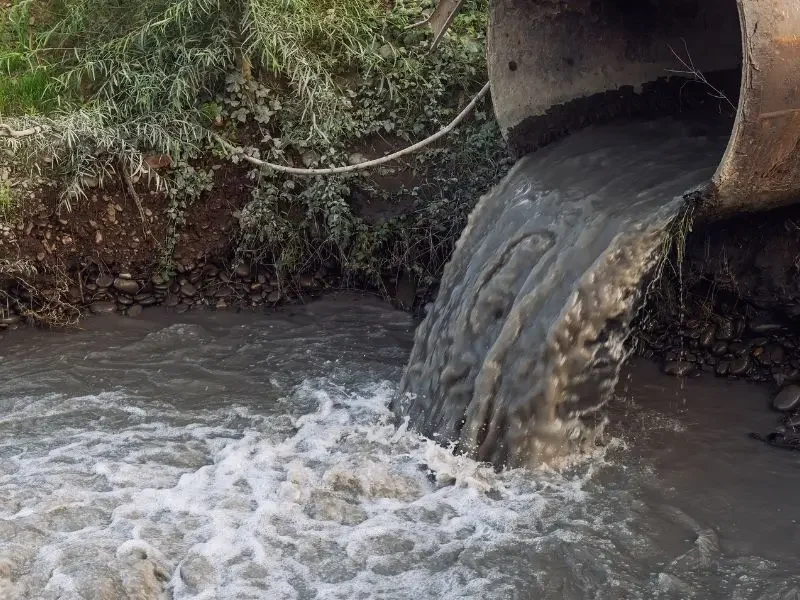Following a recent prosecution by the Environment Agency, now is a good time to draw attention to the risk of discharging silty water to controlled waters.
This particular company was prosecuted for an unauthorised discharge of water, containing silt and sediment to a nearby watercourse from their construction site and fined £100,000.
All discharges of water from site must be carried out with permission from the relevant authority. In the case of discharge to a controlled water, like a river, permission must be sought from the Environment Agency. All pollution from construction sites should be managed to prevent environmental damage from occurring. With silty and cloudy water, you should manage discharges from your site and the risk of runoff too.
Why is silt a hazard in water discharges?
There are many environmental risks from discharging silty water to watercourses. Silty or cloudy water can settle in watercourses potentially causing the channel to become blocked. This can lead to flooding or erosion elsewhere. In addition, silty water can smother plants and suffocate fish and other aquatic life. Even if you are discharging water to the drainage system, you should make sure any silt or sediment is removed as it can contribute to blockages and cause flooding and damage to sewerage systems.
How can I manage silt and sediment from my site?
If you are discharging water, you should remove the silt and sediment. There are a number of ways you can do this. You can use some kind of filtration system that removes the silt or you can use a settlement tank or lagoon. When you slow down water, silt and sediment in suspension will settle to the bottom. In the case of this prosecution, the housing company constructed four storage lagoons to reduce the risk of flooding downstream and used straw bales to capture any silt from the outflow. This is a great option. Unfortunately, during a period of high rainfall, the straw bales were removed to allow the lagoon to drain, allowing silty water to discharge directly into the water course.
The best option is of course prevention. You can achieve this by ensuring good housekeeping on site and using wheel washes and road sweepers to keep your site and the surrounding areas free from sediment. If there is a risk of silty contaminated water running off your site, you can dig cut off trenches to prevent it from running directly into watercourses.
What are the consequences?
Water containing silt and sediment is very obvious to people and it is easy for the Environment Agency to trace back to the source. For this recent prosecution, the incident was reported by a member of the public and investigated by the Environment Agency. As well as the potential environmental damage that silty water can cause, if your activities cause it to enter the environment, you can be liable for remedying any damage you caused and could potentially face a fine and prosecution.
If you are generating water contaminated by silt and sediment, or have a risk of silty runoff from your site, have you taken the relevant measures to manage and prevent the risk of pollution?







